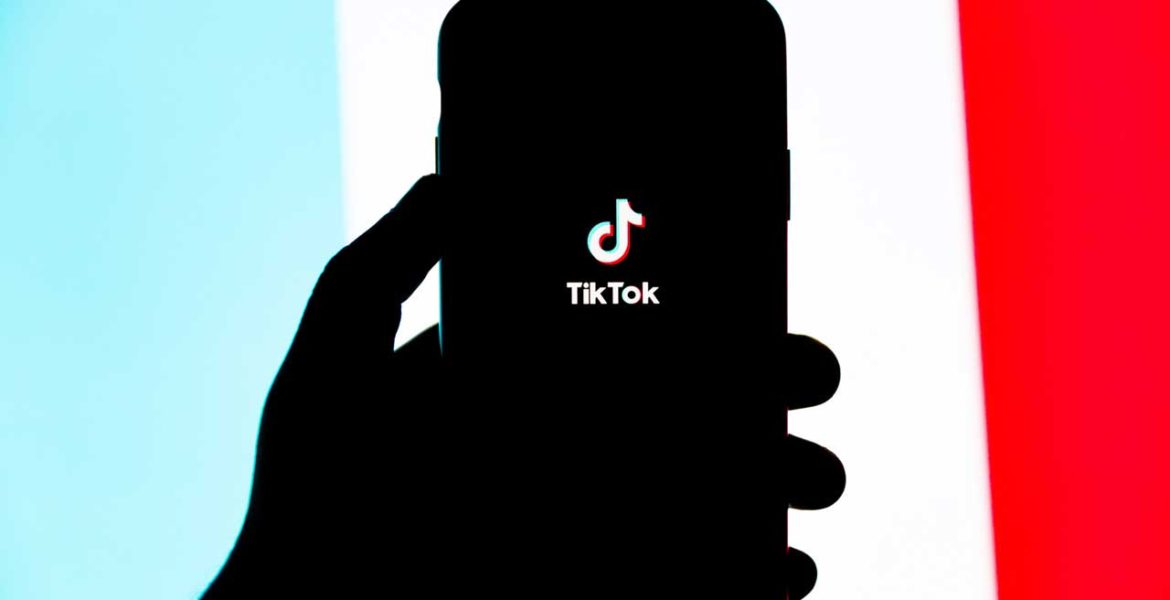By Aaron Goldman, CMO at Mediaocean
It’s probably safe to say that nobody saw this coming. TikTok, a social media platform seemingly purpose-built for viral content production, has had a remarkably swift rise to prominence. Since becoming globally available in 2018, it has quickly amassed a user base that places it in the same league as giants like Facebook and Twitter, reporting in August that it has reached 2 billion downloads and 700 million monthly active users.
What really astonishes, though, is how much of the growth has happened this year alone, and the way in which TikTok has become a focal point for conversations far larger than the short videos it plies as its stock in trade. As the pandemic triggered lockdowns around the world, TikTok felt, as Zoom did, like the right app at the right time. Offering a new kind of social conversation at a moment in history when social conversations could feel all too distant and fragile, there’s no doubt that the platform has been a source of solace for many in 2020.
For others, though, it is best known as a site of controversy: President Trump’s moves against the platform, on national security grounds, thrust TikTok into the limelight alongside Huawei as a stress-point of geopolitical struggle. That particular dramatic arc is far from over – while the court’s decision-making has been delayed until after the election, newspapers are still rife with speculation over the platform’s future – but I want to argue that all of this might be distracting us from getting to grips with TikTok’s true nature. Understanding that nature is, I think, essential for marketers looking to hook into this momentum.
Turning back time
We refer to TikTok as a ‘social media’ platform, but there are important ways in which it’s quite different from social media as we typically understand it so let’s look back at how this category was formed. At the heart of social media’s first emergence – indeed, what made it ‘social’ in the first place – was the insight that letting groups of friends and families connect with each other online will lead to them producing content which is as engrossing as anything that traditional media can conjure. Selfies and status updates might not have the gloss of a Hollywood production, but while a Marvel movie needs to entertain a billion people, a photo of your dinner only needs to engage the people you already know.
Traditional social media’s casual content creation and narrow targeting, then, are the antithesis of broad, professional content platforms like Netflix. What’s more, people typically curate third-party content on the platform’s behalf, for the benefit of their contacts. This all creates huge amounts of engagement which – and I’m aware that I’m preaching to the choir, here – turned out to be a golden opportunity for brand marketing. It is tempting, then, to treat TikTok as the latest wave in the encroaching tide of user-generated content, and approach it using the tactics which have worked best on Instagram and Snapchat before it.
However, TikTok is doing something quite different from other social media platforms. Fundamentally, its method for delivering relevant content is driven not by showing you what your contacts make and like, but by identifying what is going viral in the user base at large. While traditional social media platforms certainly have their power users, they are not built around the idea of targeting content as broadly as a film studio or TV channel would. TikTok is – and in this, it is, aside from some patches of YouTube content – unique in the space.
Sounding the alarm
It’s time to take notice, not just of TikTok’s enormous popularity, but how it’s fresh approach has been cemented into public consciousness by making stars of artists like Lil Nas X, whose song Old Town Road topped the Billboard chart after going viral on the platform. For those using the app, this power of enabling people to produce compelling content and have it be seen by millions is what really matters.
For marketers, on the other hand, there’s no time to waste. Over the coming months, we’ll see a rapid pace of innovation and experimentation as brands learn how to work in an environment which is neither the intimate personal connection of traditional social media, nor the big-budget splash of traditional mass media advertising, but combines interesting elements of both. We’ve already seen some interesting approaches – Boohoo getting on board early with a made-for-TikTok song and dance campaign, and Ocean Spray making hay from a viral video featuring their juice. The key is real-time activation.
Meanwhile, the challenge for ByteDance, which owns TikTok and its Chinese counterpart Douyin, will be to keep the hit factory running while making sure that all those billions of views turn into revenue. Here, its unique positioning might be a disadvantage: without the insights, other companies can get from mining people’s social connections, targeted advertising and social commerce could be a more difficult proposition. If ByteDance can make TikTok work as well for marketers as it does for its millions of users, though, I wouldn’t bet against it taking a significant chunk of the $600 billion global advertising industry. The only question is how long it will take.

